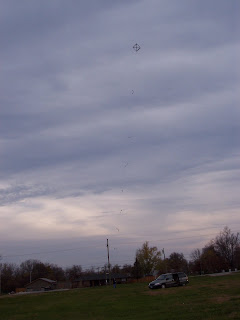
I grew up in rural Kansas, where I lived most days at the local library experiencing the world in pages of books. By the time I was fifteen, I had worked through children’s, horse novels, mythology, and arrived at the classics shelf. There I met Carol and Will Kennicott living in Gopher Prairie through the pen of Sinclair Lewis and his novel Main Street. An ingénue at reality, I missed a lot of the meaning in that first read of the novel, but I fell in love with Lewis’s descriptions, and I did recognize a small town life I knew.
Like Carol Kennicott, I wanted to lasso the world, pull it in and tame it. When I fell in love with my future husband, a farm boy who wanted to study engineering, I thought I could broaden his interests. One of our first dates, we planned a picnic at a county lake. I donned a wide brimmed Scarlett O’Hara-inspired hat, packed a gourmet basket lunch, bundled a kite for flying and poems for sharing. The hat flopped in the wind; my hungry boyfriend longed for simple fried chicken and was oblivious to the beauty of iambic pentameter. When we assembled the kite, it took one swoosh across the sky before diving to the lake bottom along with my hopes of a perfectly picturesque outing. Carol Kennicott would have understood my disappointment!
A marriage, a stint in St. Louis, a settling in a small Missouri town brought me back to living more of Carol’s life. I felt strangled with the lack of change, the ordinariness of my life. I had my causes, served on the library board, the museum board, worked church and civic groups, and taught school. I tried to motivate friends, to no avail, to study ballroom dancing, attend poetry readings, and see avant-garde movies. Eventually, I changed my pace and just fell into step with the community.
This autumn, one of my book club’s selections was Main Street, and I fell in love with Lewis, his characters, and the prairie all over again. It was the third reading for me, and the novel was just as fresh and contemporary as it was the first time I read it. I felt the texture of the fabrics, smelled the wood smoke, chilled in my bones from the snowy cold; I experienced the frustration and angst of characters, all thanks to Lewis’s finely honed details. Now age made me see the characters with a different slant, more understanding and tolerance for small town life.
 With great respect and affection we call Doris by the moniker Giggling Gertie. She laughs often and long and easily; when she laughs, the sound is like a boisterous wind chime, and you can’t help but feel happy around her. Having her own shop was a dream she made happen for herself when Grand Interiors opened eight years ago. Business has grown with each year, and so has Doris’s reputation for producing a quality product. She does curtains, drapes, upholstery and interior design consultations. And her favorite color is red!
With great respect and affection we call Doris by the moniker Giggling Gertie. She laughs often and long and easily; when she laughs, the sound is like a boisterous wind chime, and you can’t help but feel happy around her. Having her own shop was a dream she made happen for herself when Grand Interiors opened eight years ago. Business has grown with each year, and so has Doris’s reputation for producing a quality product. She does curtains, drapes, upholstery and interior design consultations. And her favorite color is red!













